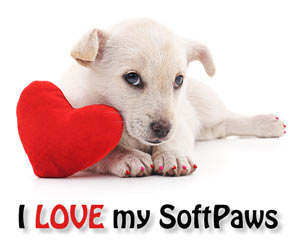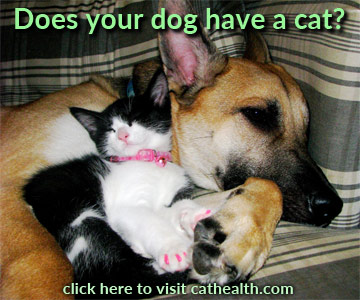What Causes Premature Graying in Dogs?

Have you ever seen a young dog with a graying muzzle and wondered what caused it? A recent study has helped illuminate the reason why some dogs turn gray when they are as young as 1 year old.
Canine Early Graying
In a recent study (Camille King, 2016), 400 dogs between the ages of 1 and 4 were rated by researchers on the degree to which they had premature graying, from no gray to full gray. Light-colored dogs were not used in the study because it was too difficult to determine the degree to which they were gray.
Once the dogs were rated on grayness, the owners filled out questionnaires about them. The owners were not aware of the purpose of the study so they wouldn't answer the questions in a biased manner.
Questions about a dog's anxiety and impulsivity levels were included in the questionnaire as well as random distractor questions to keep the owner from guessing the purpose of the study.
The results of this study were that dogs that are fearful of loud noises, other animals, and people were much more prone to early graying than those dogs that were not afraid of such things. The authors stated, in conclusion, that "Premature graying in young dogs may be a possible indicator of anxiety, fear or impulsivity issues in dogs under [4] years of age (Camille King, 2016)."
What to Do If Your Young Dog Is Graying
If your dog is under 4 years of age and showing a graying muzzle, it would be a good idea to have him evaluated by your veterinarian or a veterinary behaviorist for fear, anxiety, and impulsivity behaviors.
Helping a dog with anxiety may include some or all of the following techniques:
- Performing desensitization exercises. This involves slowly introducing your dog to things that cause him anxiety in controlled situations, gradually desensitizing him to these triggers by rewarding him for calm behavior. Talk with your veterinarian or veterinary behaviorist to learn more.
- Using Adaptil. This product mimics the calming pheromone produced by mother dogs. It's available in a spray, collar, or diffuser, and it can help soothe anxious dogs.
-
Playing soothing music. Classical music has been shown to be calming to dogs, so playing a CD for your anxious dog in situations when he usually shows nervousness can help reduce his stress.
- Using lavender essential oil. Lavender oil has been shown to help calm dogs in some situations. You may place a drop on your dog's collar or bedding to help with anxiety.
- Try a Thundershirt. Some dogs are much calmer when wearing one, similar to how some anxious people can be soothed with a weighted blanket.
- Provide lots of energy outlets. Play with your dog daily to provide mental and physical stimulation. This can help release pent-up energy and decrease anxiety.
Works Cited
- Camille King, T. J. (2016, Dec.). Anxiety and impulsivity: Factors associated with premature graying in young dogs. Retrieved from Applied Animal Behaviour: DOI: 10.1016/j.applanim.2016.09.013.
You May Also Like These Articles:
How to Cope with Canine Anxiety and Fear by Using Adaptil(TM) (Formerly called D.A.P)
Lick Granuloma: Causes, Treatments, and Prevention of Acral Lick Granuloma in Dogs
Things We Do That Annoy Our Dogs - Slideshow
DOGTV: A Great Way to Help Dogs That Are Home Alone All Day
How Do You Stop a Dog from Barking?
You Have E-Mail; Your Dog Has P-Mail
Disclaimer: This website is not intended to replace professional consultation, diagnosis, or treatment by a licensed veterinarian. If you require any veterinary related advice, contact your veterinarian promptly. Information at DogHealth.com is exclusively of a general reference nature. Do not disregard veterinary advice or delay treatment as a result of accessing information at this site. Just Answer is an external service not affiliated with DogHealth.com.
Notice: Ask-a-Vet is an affiliated service for those who wish to speak with a veterinary professional about their pet's specific condition. Initially, a bot will ask questions to determine the general nature of your concern. Then, you will be transferred to a human. There is a charge for the service if you choose to connect to a veterinarian. Ask-a-Vet is not manned by the staff or owners of DogHealth.com, and the advice given should not delay or replace a visit to your veterinarian.



